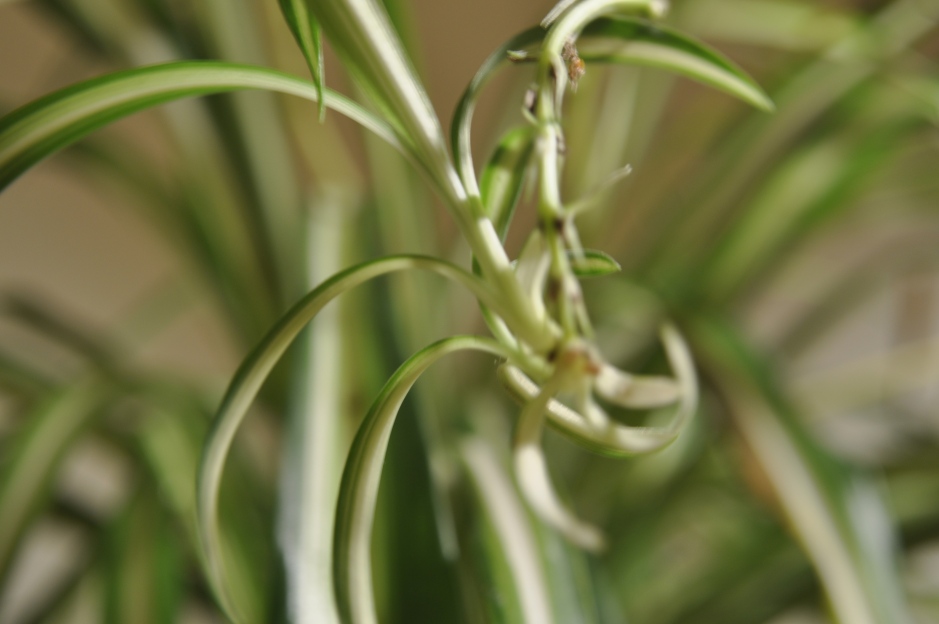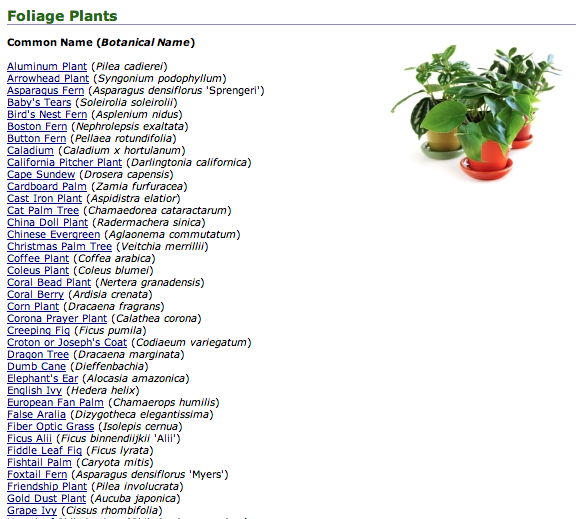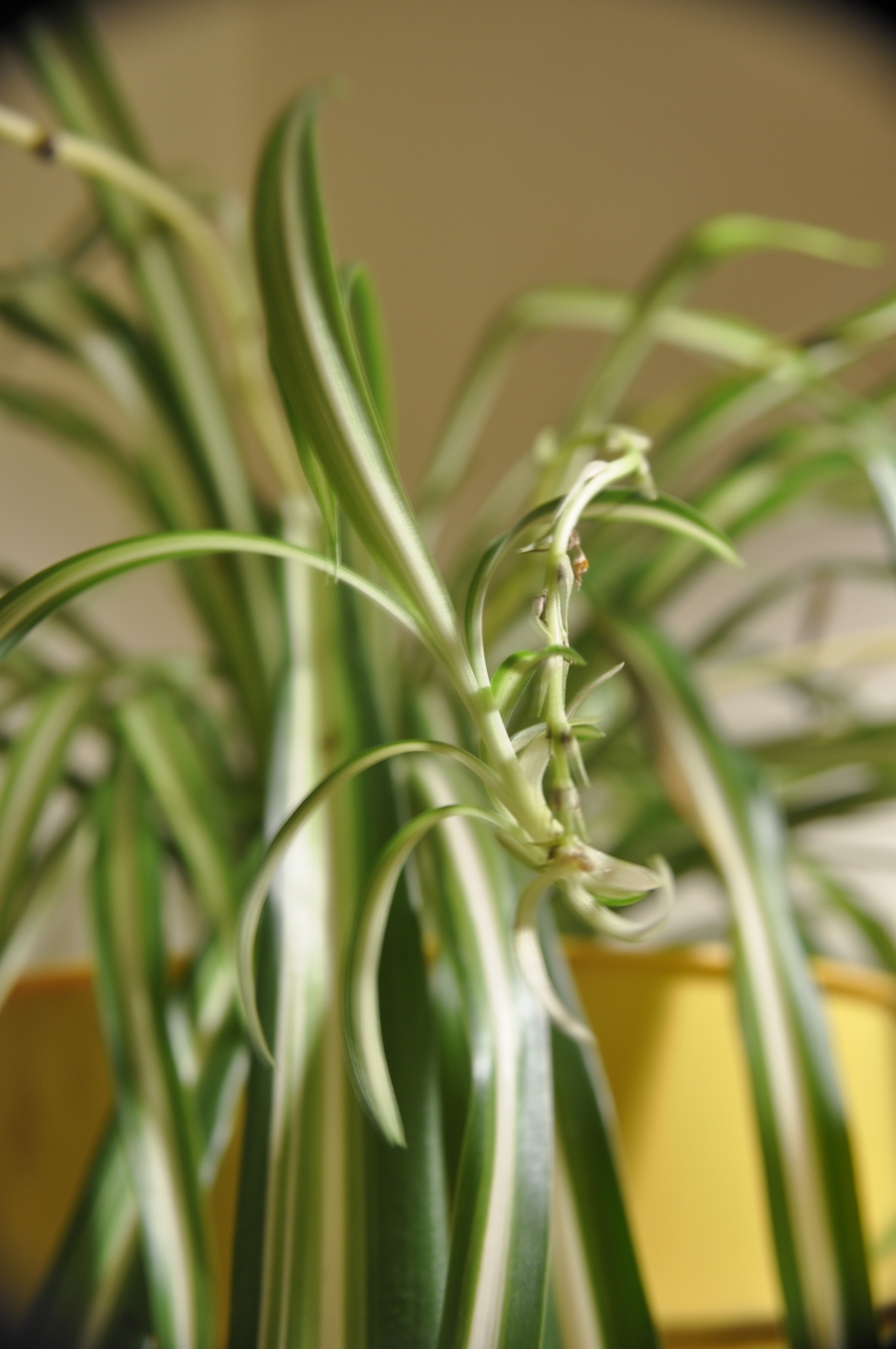Good evening e’erbody,
Yesterday in my Graphic Design Studio class we were assigned a semester long project. The challenge being to create a brand that represents a company or organization that we create. The brand must serve a specific cultural or societal need with a targeted demographic. Throughout the semester we will work on our individual projects and eventually develop a company brand strategy; name and branding elements included (i.e. logo, marketing materials, promotions, etc.) along with an interactive portion (website, iPhone app, interactive kiosk, etc.) and a definitive product or service that the company or organization would provide (through packaging, signage, print media, etc.). (Certainly a mouthful, isn’t it?)
I began by brainstorming my interests and #firstworldproblems (not meant in a shallow way, but I don’t think I want to tackle a global issue as it has been done so many times before). With this project being over the span of a few months I can’t see myself doing anything that I don’t want to be fully invested in. By tackling something a little more personal it will enable me to put myself fully into whatever the finished product may be.
After countless ideas not exciting me as I knew they should, I thought of something a little more simple. I am a plant-aholic. And yes, I have quite the green-thumb for taking care of them but I too have regretfully killed my fair share. It is often due to the plant’s obscurity, my overabundance of plants to care for versus my busy lifestyle, and just a general lack of knowledge about each plant’s specific needs.
I know that this isn’t just a problem I have. My roommate has somehow managed to nearly kill and then slightly bring back to life this tiny little unknown plant in our kitchen over and over and over again. I have received numerous plants from friends/family/the works with absolutely no clue what they even are. I used to be given clippings from my grandmother of plants to root myself simply because she knew it was an interest of mine. I have the absolute worst luck with air plants as I can never remember the last time I watered them (well, sprayed them with water – a technique of watering that most are probably completely unfamiliar with.) Don’t get me started on cacti – those strange little suckers that store a majority of their water supply and don’t at all need to be watered on a weekly basis. Or perhaps the time I gave my sister a “baby” from my spider plant (pre-rooted and potted) and by the time it too produced its own babies she thought it had contracted some sort of disease.
House plants are great for everyone – the care-taking itself therapeutic, with a general lesson of responsibility. For the home-designer that wants to liven up a room with its beauty and homey feel. The naturally improved air quality of your indoor spaces that just so happen to accompany your new green living things. Or even just the satisfaction of knowing that what you care for has the ability to thrive. Take my spider plant, for instance – this bad boy that I acquired via my fourth grade social studies teacher, Mrs. Eklof. She gave each of her students a spider plant “baby” from her larger spider plant on his or her birthday to root, plant, and care for. Mine is thriving – eleven or twelve years old now – I would honestly cry if it ever died. (It has almost before – once while left in the care of my mother freshman year of college, and once again a year later when it became bug infested.) It is huge and weighs a ton, but wherever I move it now comes with me. It is literally like my child. And I have no shame in admitting it. It almost made me want to become a teacher just so I could give it to my future students. I am that attached to this silly old plant.
Now I’m straying a little off point here – (this tends to happen when I’m excited or passionate about something) – now you know how and why I came to this point of my semester brand (which is, might I add, not yet named!). But my research has only just begun.
It’s honestly overwhelming to even know where to begin. I don’t believe everything can be completely defined just yet. The primary goal is to educate and to encourage people to have household plants (and how to keep them alive).
What are the problems with having house plants? (That I have encountered or others have.)
1. They are living creatures. They can die. They won’t bark at you to tell you to feed them. And when you have too many of them (who am I kidding, there’s no such thing!) it is too difficult to keep track of when to water each individual plant. (Chances are, you have more than one type, after all.)
2. You pick up an unmarked plant in the clearance section at Home Depot. No clue of its identity. You can’t exactly google “green plant with leaves” and expect any helpful results. This goes the same for plants received as gifts, plants inherited by family members, and whatever strange mish-mosh of seeds and planter you obtain at the “Dollar Spot” at your local target.
3. You have the plant but it gets bugs and then suddenly every single one of your house plants gets bugs. And then you have little gnats flying around everywhere. And then the leaves start to turn brown. And the roots start to rot. And the plant starts to droop. And the soil grows a weird white residue or a strange fungus. And then you think you are overwatering it but then you forget to water it for a few weeks until you see it slowly dying in the corner. And then you realize there is a cold draft coming through the window and (god damnit!) you realize the seasons change and your normal plant care routine will have to be adjusted depending on the season.
How can these problems be solved? Well I think the starting point for caring for any plant is knowing what TYPE of plant it is. I plan on having my company develop an app (for convenience purposes) that can help you identify your plants, with a tracker that can keep your plants and their information organized once they are identified. There are websites that exist that list plants and links to care pages, such as the Plant Encyclopedia pictured below, but you aren’t given any guidance of where to begin. There are no pictures on the main screen to aid your search. You are left with a list of household plants with strange names. With well over 375,000 species of plants, it isn’t easy to narrow things down. I envision a consumer answering a series of questions based on narrowing down their plant species and then prompted with pictures of specific matches. From these pictures it will be easier to identify what plants you own.
The fun doesn’t stop there! Once you have identified the plants you own, you will need to know how to care for it. For plants that are already labeled with basic care information, (which is hardly helpful after the first time of watering), you will still need reminders of what to do during what season and so on and so forth. Just out of my own curiosity I checked the all-reliable eHow to see “How to Take Care of a Plant.” The results as follows…
My personal favorite: 2. Place the plant in the proper light… For instance, the Lipstick plant grows well in the north window with minimum light. (Oh right, let me just bust out my compass and position my Lipstick plant at the proper cardinal direction.) There is no easy way of accessing how to care for your plants. There is nothing simple and clean and straightforward. There is no way of keeping track of it all. When my plants got bugs last year I spent hours on end searching poorly designed threads of people sharing their stories to eventually come up with a plausible way to get rid of the little pests. (The stuff from Home Depot wasn’t working!) It was such a hassle to figure out what to do in that situation.
I can see my company developing their own line of plant markers that can have some sort of QR code unique to each type of houseplant that when scanned can bring you directly to that plants care page. And when registered with the app you can actually find out exactly from that scan when you last watered that specific plant, when its next fertilizing is due, and any other care information you may need. It can even sync with your iCal and send you reminders of when your aloe plant needs watering (and how much water) so caring for your plants can easily become a part of your routine.
You’ve matched your plant to a name, found out how to care for it, but there is more! You can even find species of plants that can fit your lifestyle. For instance, the college student can find plants that require very little maintenance. Your child can find a plant perfect for him that is easy and quick growing to hold his interest and make him excited about taking on the responsibility of another living thing. Love plants that flower? No problem. You can find the perfect plant for you through my company. But instead you’re being matched with an air-purifying, toxin-ridding, eye-pleasing, responsibility-building, therapeutic addition to your home.
I sound like I’m pitching a bad eHarmony/Christian Mingle advertisement. Nonetheless, it is late, I’m ready for bed, and I’m excited to see where this project will take me.
Jennifer Leigh







